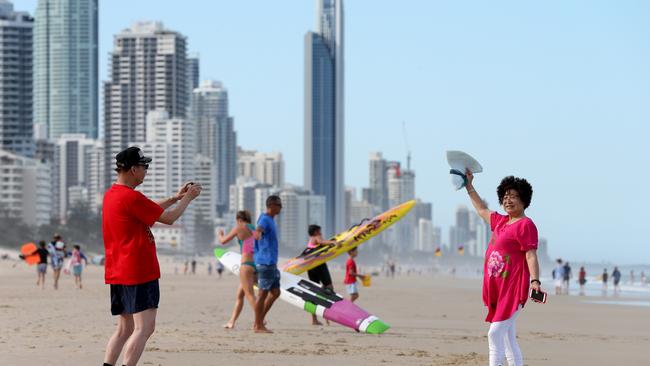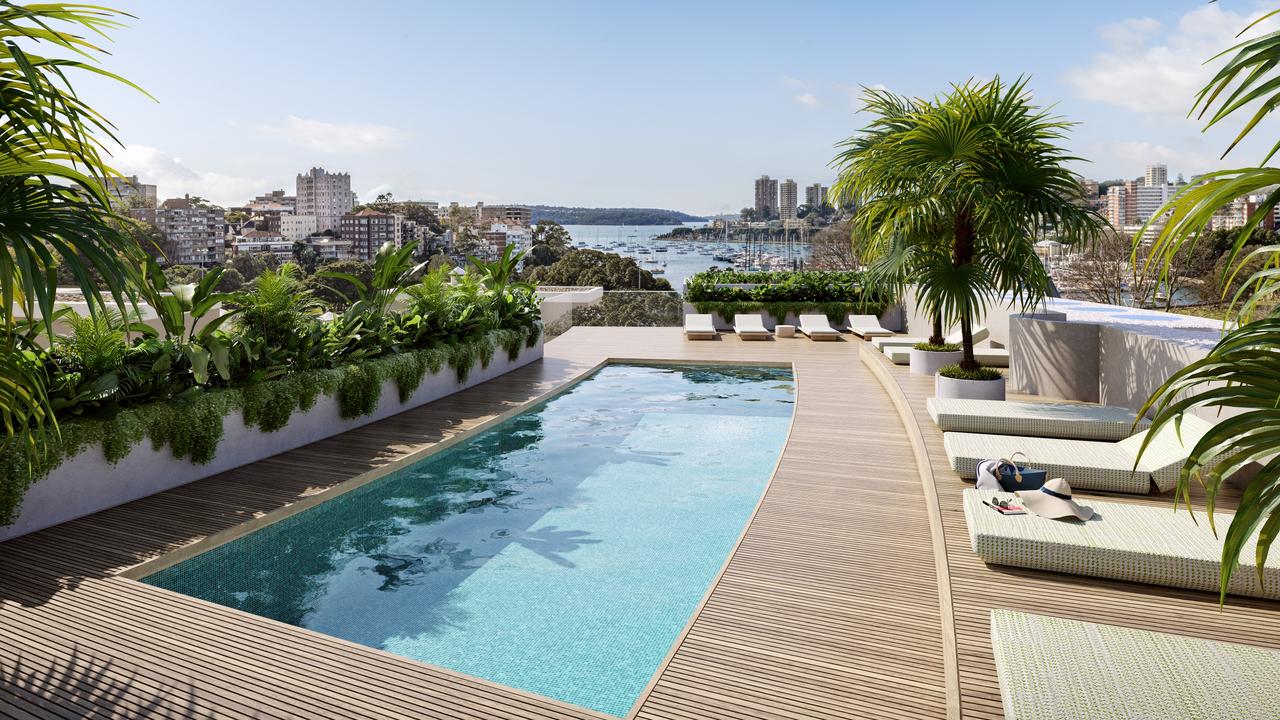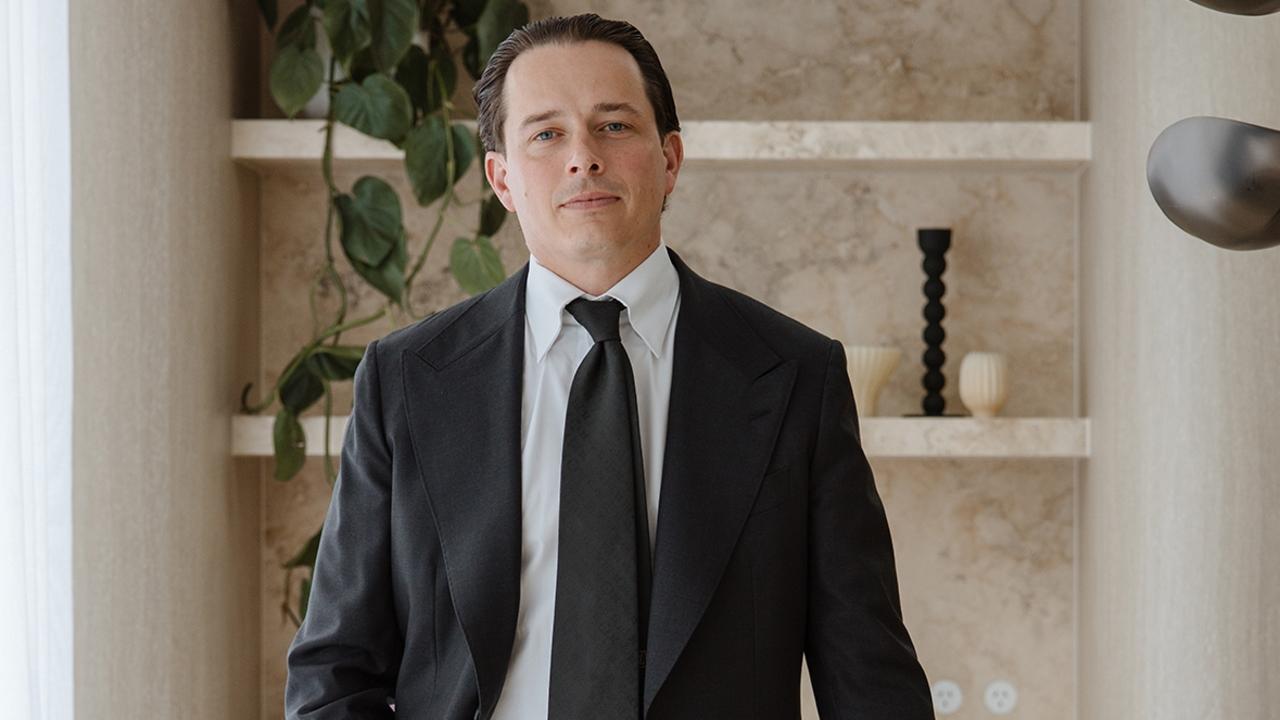Infrastructure key to boost Chinese tourism
The number of Chinese holiday makers arriving in Australia is slowing

More than 40 per cent of Chinese inbound visitors to Australia say they will pursue a real estate acquisition, but the number of Chinese holiday makers arriving here is slowing.
International competition for Chinese visitors is intense and destinations such as the US, Switzerland, South Korea and Thailand have increased their share of Chinese tourists, while Australia’s share is stagnating.
“Australia is only just holding its share of total Chinese outbound travel at around 1 per cent,” according to global management consulting firm LEK.
“However, its share of Chinese long-haul travel has actually fallen slightly, from 7 per cent in 2009 to 6 per cent in 2014,” LEK said. “Still, we can reasonably expect Australia to hit two million Chinese visitors per year by 2025.”
At an HSBC Australia briefing yesterday, tourism analysts said one of the reasons for the decline in Chinese growth was lack of tourism infrastructure investment. Accor, IHG and Hilton have programs in place dedicated to making their hotels China-ready, delivering everything from Mandarin speakers working on the front desk to Chinese newspapers and specialist Chinese food. But HSBC Australia’s head of commercial banking Steve Hughes said Australia still ranked as only the 10th most popular outbound travel destination for Chinese tourists after countries including France, Italy, Indonesia, Germany and the US.
Mr Hughes said Chinese visitors should be encouraged to stay longer given they spend about $250 a night compared to the average visitor spending $100.
Mr Hughes called for the tourism sector to update its accommodation infrastructure, such as up-market resorts and hotels.
But Noel Scott, professor and deputy director of the Griffith Institute for Tourism, said 98 per cent of Australia’s tourism businesses were small businesses and they did not have the ability to innovate and develop new tourism products for the Chinese.
Professor Scott said three, four and five-star hotel growth was stagnant. “The exponential growth is in unstarred hotels which are cheaper and can attract a wider market.
“There is also the perennial issue for tourism of getting people away from the hubs of Cairns and the Gold Coast to distribute around the regions.
“This is also about infrastructure, if we can develop new and innovative things which might meet the (Chinese) market that is a good thing.”
Tourism Australia managing director John O’Sullivan said his organisation was unashamedly targeting high-yield Chinese tourists. “We have made a very conscious decision to go after the free and independent Chinese traveller, rather than the group tour market. They stay longer, disperse more widely and spend more, which is great for our industry,” Mr O’Sullivan said.
“Those Australian tourism operators that are adapting their businesses to tap into this market — hotels like Accord, IHG and Hilton — are undoubtedly reaping the benefits.”



